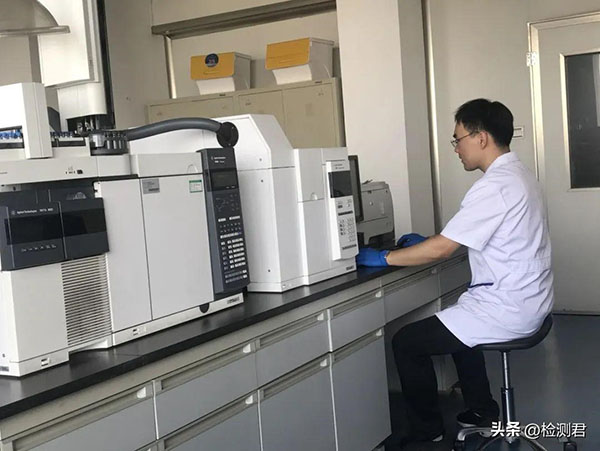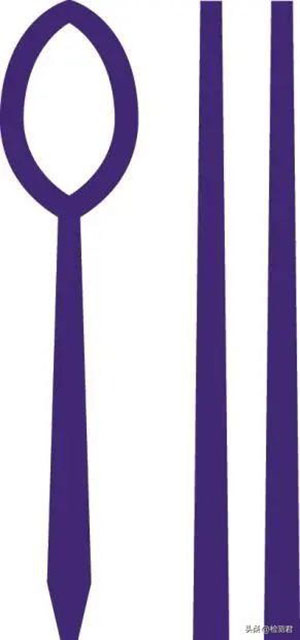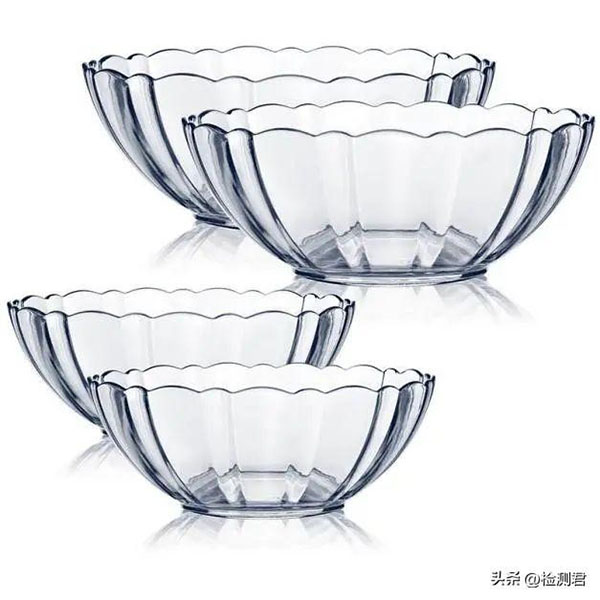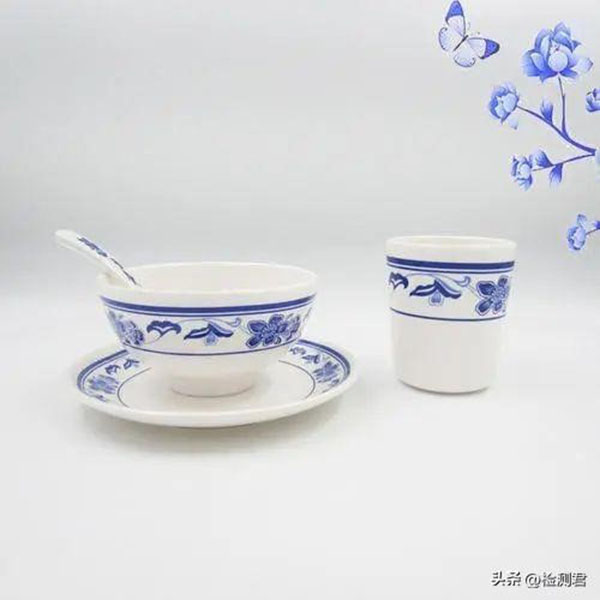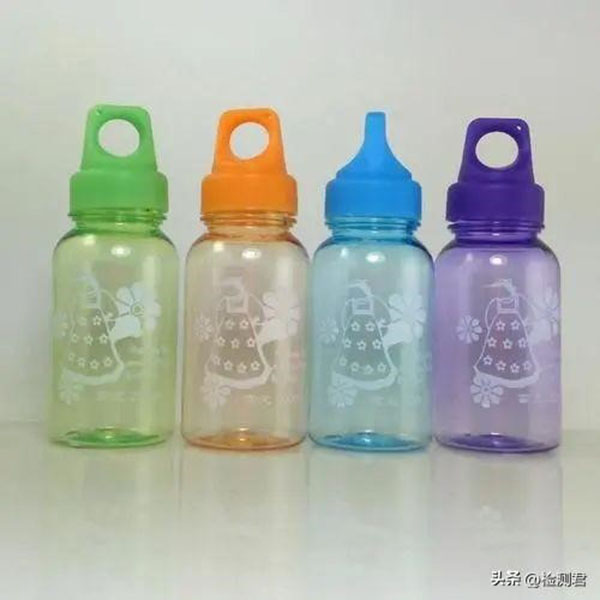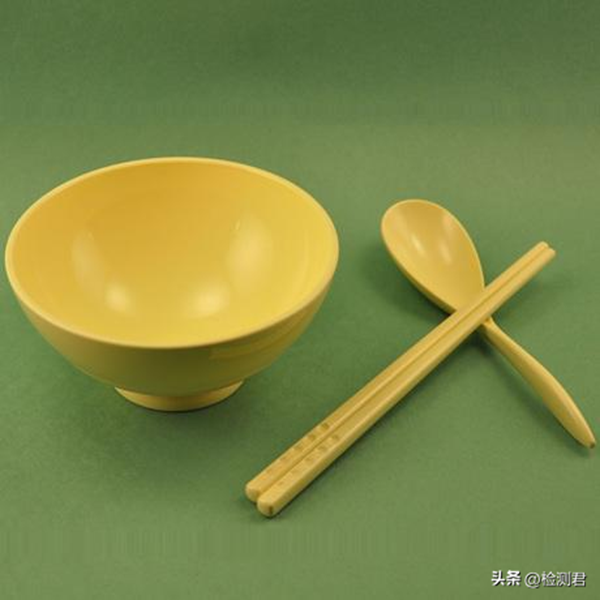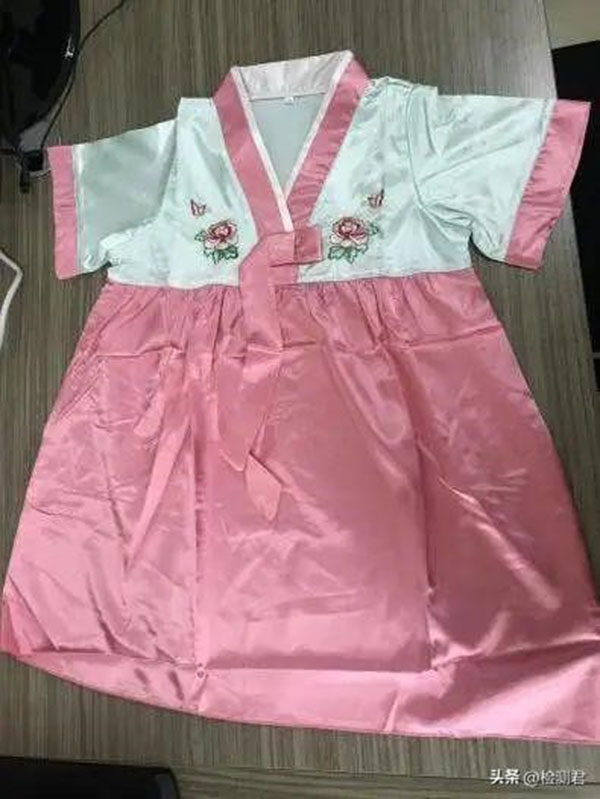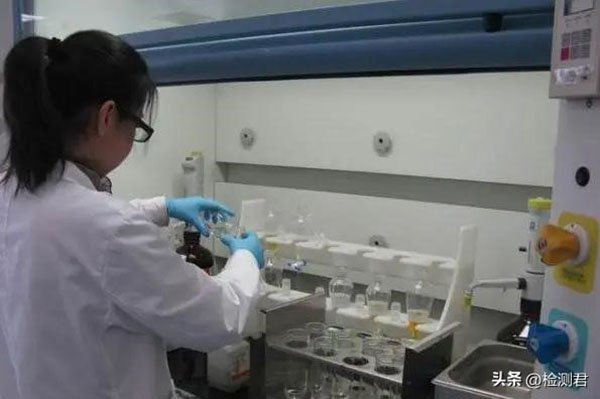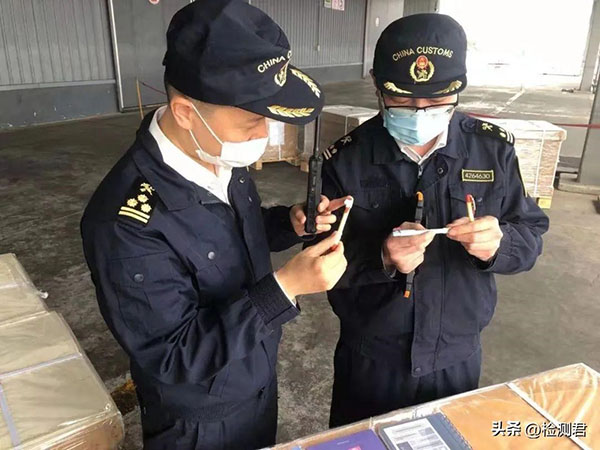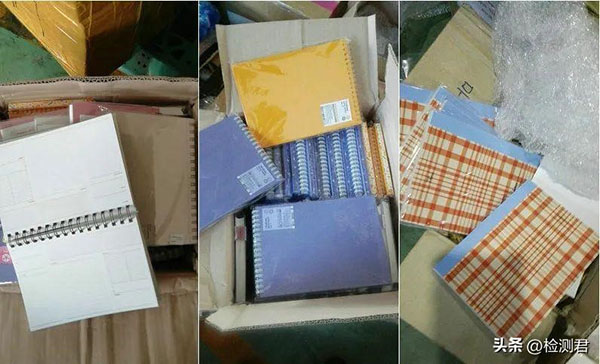To understand the quality and safety status of imported consumer goods and protect consumer rights, customs regularly carry out risk monitoring, covering the fields of household appliances, food contact products, baby and child clothing, toys, stationery, and other products. The product sources include cross-border e-commerce, general trade, and other import methods. In order to ensure that you can use it with peace of mind and peace of mind, the customs are dedicated to ensuring it. What are the risk points of these products and how to avoid security traps? The editor has compiled the opinions of experts in customs inspection and testing of imported consumer goods, and will explain them to you one by one.
1、 Household appliances·
In recent years, with the continuous improvement of consumption levels, imported small household appliances such as electric frying pans, electric hotpots, electric kettles, and air fryers have become increasingly popular, greatly enriching our lives. The accompanying safety issues also require special attention. Key safety projects: power connection and external flexible cables, protection against touching live parts, grounding measures, heating, structure, flame resistance, etc.
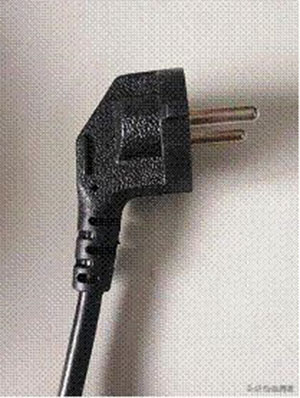 Plugs that do not meet the requirements of national standards
Plugs that do not meet the requirements of national standards
The power connection and external flexible cables are commonly referred to as plugs and wires. Unqualified situations are usually caused by the pins of the power cord plug not meeting the size of the pins specified in Chinese standards, resulting in the product being unable to be correctly inserted into the national standard socket or having a small contact surface after insertion, which poses a safety hazard of fire. The main purpose of protective and grounding measures for touching live parts is to prevent users from touching live parts while using or repairing equipment, resulting in electric shock hazards. The heating test is mainly aimed at preventing the risk of electric shock, fire, and scald caused by excessive temperature during the use of household appliances, which can reduce the insulation and component life, as well as excessive external surface temperature. The structure of household appliances is the most important and essential means to ensure their safety. If the internal wiring and other structural designs are not reasonable, it may lead to risks such as electric shock, fire, and mechanical injury.
Do not blindly choose imported household appliances. To avoid purchasing imported household appliances that are not suitable for the local environment, please provide purchasing tips!
Purchasing tips: Proactively check or request Chinese logos and instructions. “Overseas Taobao” products usually do not have Chinese logos and instructions. Consumers should actively check the webpage content or promptly request from the seller to ensure correct and safe use of the product and avoid safety accidents caused by misoperation. Pay special attention to voltage and frequency systems. Currently, the “mains” system in China is 220V/50Hz. A large portion of imported home appliance products come from countries that use 110V~120V voltage, such as Japan, the United States, and other countries. If these products are directly connected to China’s power sockets, they are easily “burned out”, leading to major safety accidents such as fires or electric shocks. It is recommended to use a transformer for power supply to ensure that the product operates normally at rated voltage. Special attention should also be paid to the frequency of the power supply. For example, the “mains” system in South Korea is 220V/60Hz, and the voltage is consistent with that in China, but the frequency is not consistent. This type of product cannot be directly used. Due to the inability of transformers to change frequency, it is not recommended for individuals to purchase and use them.
·2、 Food contact materials and their products·
The daily use of food contact materials and products mainly refers to food packaging, tableware, kitchen utensils, etc. During special monitoring, it was found that the labeling of imported food contact materials and their products was not qualified, and the main issues were: no production date was marked, the actual material was inconsistent with the indicated material, no material was marked, and the use conditions were not indicated based on the product quality situation, etc.
Implement a comprehensive “physical examination” of imported food contact products
According to data, a survey on the awareness of safe use of food contact materials found that over 90% of consumers have a cognitive accuracy rate of less than 60%. That is to say, the vast majority of consumers may have misused food contact materials. It’s time to popularize relevant knowledge for everyone!
Shopping Tips
The mandatory national standard GB 4806.1-2016 stipulates that food contact materials must have product information identification, and the identification should be prioritized on the product or product label. Do not purchase products without label labels, and overseas Taobao products should also be checked on the website or requested from merchants.
Is the labeling information complete? Food contact materials and product labels must include information such as product name, material, product quality information, production date, and manufacturer or distributor.
The use of materials requires that many types of food contact materials have special usage requirements, such as the commonly used PTFE coating in coating pots, and the usage temperature should not exceed 250 ℃. Compliant label identification should include such usage information.
The conformity declaration label should include a declaration of compliance with relevant regulations and standards. If it meets the mandatory national standards of GB 4806. X series, it indicates that it can be used for food contact purposes. Otherwise, the safety of the product may not have been verified.
Other products that cannot be clearly identified for food contact purposes should also be labeled with “food contact use”, “food packaging use” or similar terms, or have a clear “spoon and chopstick label”.
Spoon and chopsticks logo (used to indicate food contact purposes)
Tips for using common food contact materials:
one
Glass products that are not clearly marked for use in microwave ovens are not allowed to be used in microwave ovens.
two
Tableware made of melamine formaldehyde resin (commonly known as melamine resin) should not be used for microwave heating and should not be used in contact with infant food as much as possible.
Polycarbonate (PC) resin materials are commonly used for making water cups due to their high transparency. However, due to the presence of trace amounts of bisphenol A in these materials, they should not be used in infant and toddler specific products.
Polylactic acid (PLA) is an environmentally friendly resin that has received high attention in recent years, but its usage temperature should not exceed 100 ℃.
Key safety items: color fastness, pH value, rope strap, accessory tensile strength, azo dyes, etc. Products with poor color fastness may cause skin irritation due to the shedding of dyes and heavy metal ions. Children, especially infants and young children, are prone to hand and mouth contact with the clothing they wear. Once the color fastness of the clothing is poor, chemical dyes and finishing agents may be transferred into the child’s body through saliva, sweat, and other channels, thereby causing harm to their physical health.
Rope safety is not up to standard. Children wearing such products may be entangled or trapped by protrusions or gaps on furniture, elevators, transportation vehicles, or amusement facilities, which may cause safety accidents such as suffocation or strangulation. The chest strap of the children’s clothing in the above picture is too long, which poses a risk of entanglement and being caught, leading to dragging. Unqualified clothing accessories refer to decorative accessories, buttons, etc. for baby and child clothing. If the tension and sewing fastness do not meet the requirements, if they fall off and are accidentally swallowed by the baby, it can cause accidents such as suffocation.
When choosing children’s clothing, it is recommended to check whether the buttons and decorative small items are secure. It is not recommended to purchase clothing with too long straps or accessories at the end of the straps. It is recommended to choose light colored clothing with relatively less coating. After purchasing, it is necessary to wash it before giving it to children.
4、 Stationery·
Key safety items: sharp edges, plasticizers exceeding standards, and high brightness. Sharp tips such as small scissors can easily cause accidents of misuse and injury among young children. Products such as book covers and rubbers are prone to excessive phthalate (plasticizer) and solvent residues. Plasticizers have been confirmed to be an environmental hormone with toxic effects on multiple systems in the body. Growing teenagers are more affected, affecting the growth and development of boys’ testicles, leading to “feminization” of boys and premature puberty in girls
Conduct spot checks and inspections on imported stationery
The manufacturer adds a large amount of fluorescent whitening agents that exceed the standard during the production process, making the book paper white to attract consumers. The whiter the notebook, the higher the fluorescent agent, which can cause burden and damage to the child’s liver. Paper that is too white at the same time can cause visual fatigue and affect vision after prolonged use.
Imported laptops with substandard brightness
Purchasing tips: Imported stationery must have Chinese labels and instructions for use. When purchasing, it is particularly important to pay attention to safety warnings such as “Danger”, “Warning”, and “Attention”. If purchasing stationery in a full box or full page packaging, it is recommended to open the packaging and leave it in a well ventilated place for a period of time to remove some odors from the stationery. If there is any odor or dizziness after prolonged use of stationery, it is recommended to stop using it. Special attention should be paid to the principle of protection when choosing stationery and learning supplies for primary school students. For example, when buying a backpack, it is important to fully consider that primary school students are in the stage of physical development and pay attention to protecting their spine; When buying a writing book, choose an exercise book with moderate paper whiteness and soft tone; When buying a drawing ruler or pencil case, there should be no burrs or burrs, otherwise it is easy to scratch your hands.
Post time: Apr-28-2023






